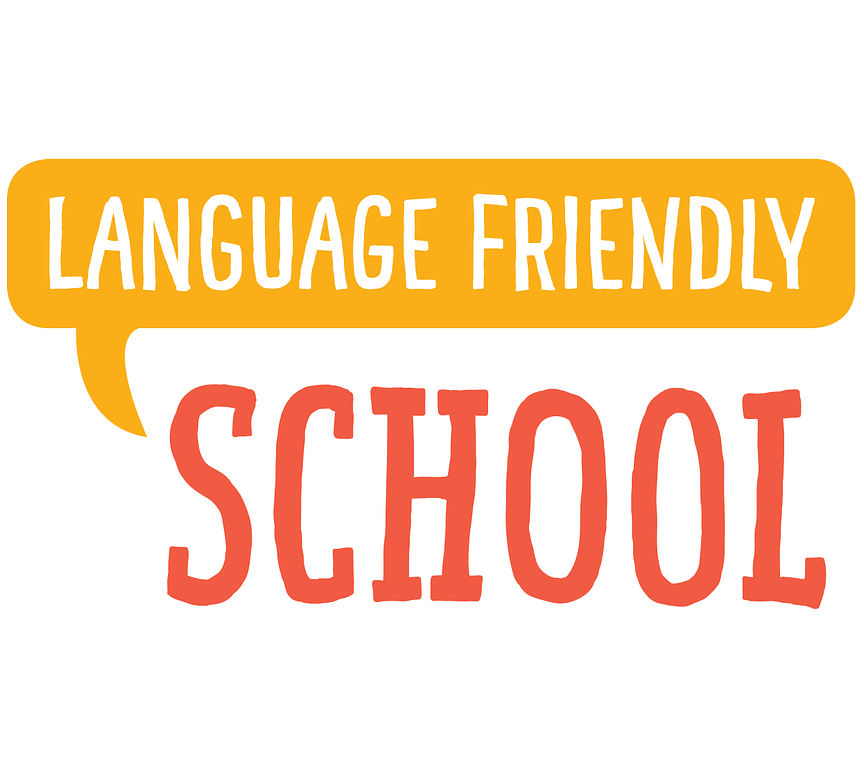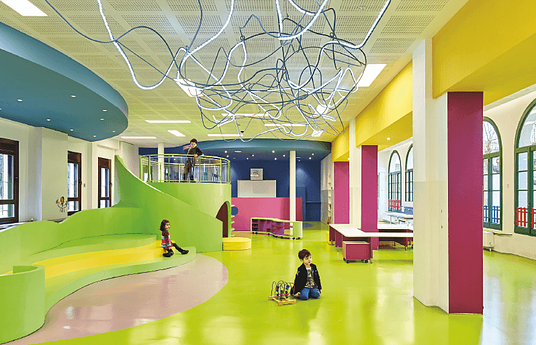A Language Friendly School is a school where all languages spoken by the pupils are welcomed and valued.
A Language Friendly School is a bottom up whole school approach. There is noblue print of what schools must do. Rather it starts with what schools need and what they can realistically accomplish. Also, it expressly targets all the stakeholders: school managers, teachers but also parents and especially children.
At the very minimum, schools commit not to punish children speaking their mother tongue. For some schools this is already a significant step. By connecting with other Language Friendly Schools they can share good practices and teachers can be inspired to take a next step forward.
OurRoadmapprovides ideas for activities as a school and in the classroom.
Whyshould your school become a Language Friendly School?
There are many benefits associated with an education that takes into account children’s mother tongues or home languages:
- Children learn better and faster in a language they can understand
- They enjoy school more, they feel more at home
- Childrentend to show increased self-esteem
- Parents participation is increased
- Studies have reported that when children take advantage of their multilingualism they also enjoy higher socioeconomic status, including higher earnings
- On average, the schools perform better, reporting less repetition
- Finally, schools report children stay in school longer.
By joining the network of Language Friendly Schools you become part of a global community of teachers, parents and community leaders who value the cultural and linguistic diversity of our children. You will have access to innovative ways of supporting multilingual children and providing them with the best opportunities to achieve their educational goals.
With the Language Friendly School, we envision a world in which no child is punished for speaking his or her mother tongues in school by 2030, the deadline of the Sustainable Development Goals.
The Language Friendly School is an initiative of theRutu Foundation for Intercultural Multilingual Education, a non-profit organization based in Amsterdam, the Netherlands. The Language Friendly School is endorsed by Prof. Dr. Jim Cummins.



